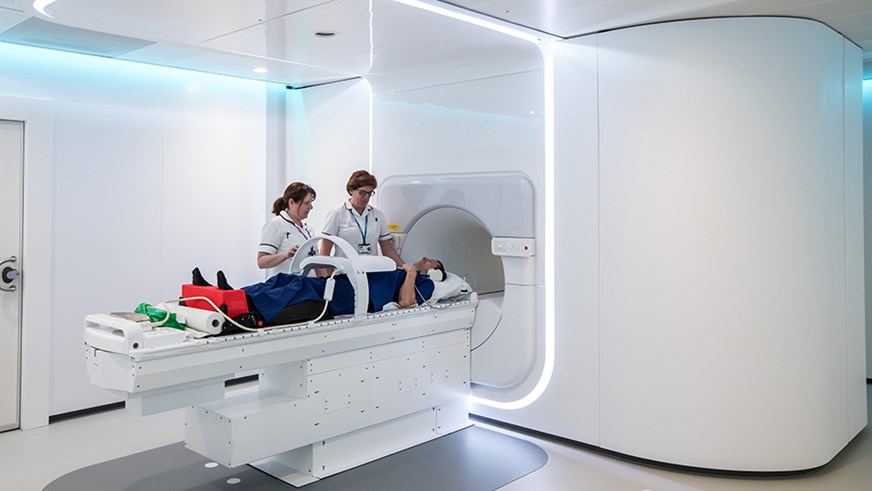A linear accelerator, often referred to as a LINAC, is a type of particle accelerator that customizes electrons or high energy x-rays to conform to the shape of a tumor to destroy cancer cells while sparing the life of normal surrounding tissue. It has a variety of built-in features that are designed to ensure a patient receives only the prescribed dose as directed by a physician. However, linear accelerators are made up parts components that could age over time. What is the average lifespan of these parts?
Lifespan Of A Linear Accelerator
Two major determinants of the lifespan of a linear accelerator and indeed any equipment, are usage and maintenance. Although it is reasonable to expect a usage of between 5 to 10 years, maintenance of the accelerator will be critical to just how much you enjoy the equipment. Here we look at the parts of a linear accelerator and their average lifespan depending on usage.
Parts such as Magnetron and iView detector last for about two years with high use, and between 4-6 years with low and moderate use. An x-ray tube lasts for about 18 months upon high use, 3 years when the system is moderately used, and above 4 years when the usage is low. An XVI detector lasts for about 5 years upon high usage, about 7 years when used moderately, and over 10 years when the accelerator usage is low. On the other hand, a Thryratron tube can last up to 3 years when the usage is high and 5 years and above upon low to moderate usage of the accelerator.
Age Vs. Usage
Basically, the average lifespan of each linear accelerator part largely depends on the part and amount of usage. Other parts such as the electron gun would need a replacement after one year on high use, while it can last even above 6 years upon low usage. Environmental factors can also affect the ion chamber of a linear accelerator, high humidity can cause a reduced lifespan. While an average ion chamber will only need a replacement after four years, one in an environment with high humidity will need a replacement after a year.
Replacing Aging Parts
Changing aging parts over time is ideal to avoid causing the equipment any damages. Some companies tend to consider the price of the equipment and the costs involved in changing the parts over time. However, this is never a good yardstick to even maximize profits in the long run as a breakdown of significant parts of the system may be disastrous for the equipment.
Learn more about Radparts and the variety of services and parts they offer to repair medical equipment including: linear accelerators parts, CT scanners parts, linac parts, and radiation oncology equipment at www.radparts.com. To contact one of our medical equipment repair specialists for parts or service call toll free 877.704.3838 for 24/7/365 support.




 options available that bring the full functionality of TargetCheck®, TheraView’s powerful beam alignment verification software, to remote workstations thru-out the department.
options available that bring the full functionality of TargetCheck®, TheraView’s powerful beam alignment verification software, to remote workstations thru-out the department.

 superb real-time portal imaging. TheraView is DICOM-RT compatible with all popular image management systems and has motorized digitally controlled movements for accurate and easy set-up, use and stowage.
superb real-time portal imaging. TheraView is DICOM-RT compatible with all popular image management systems and has motorized digitally controlled movements for accurate and easy set-up, use and stowage.